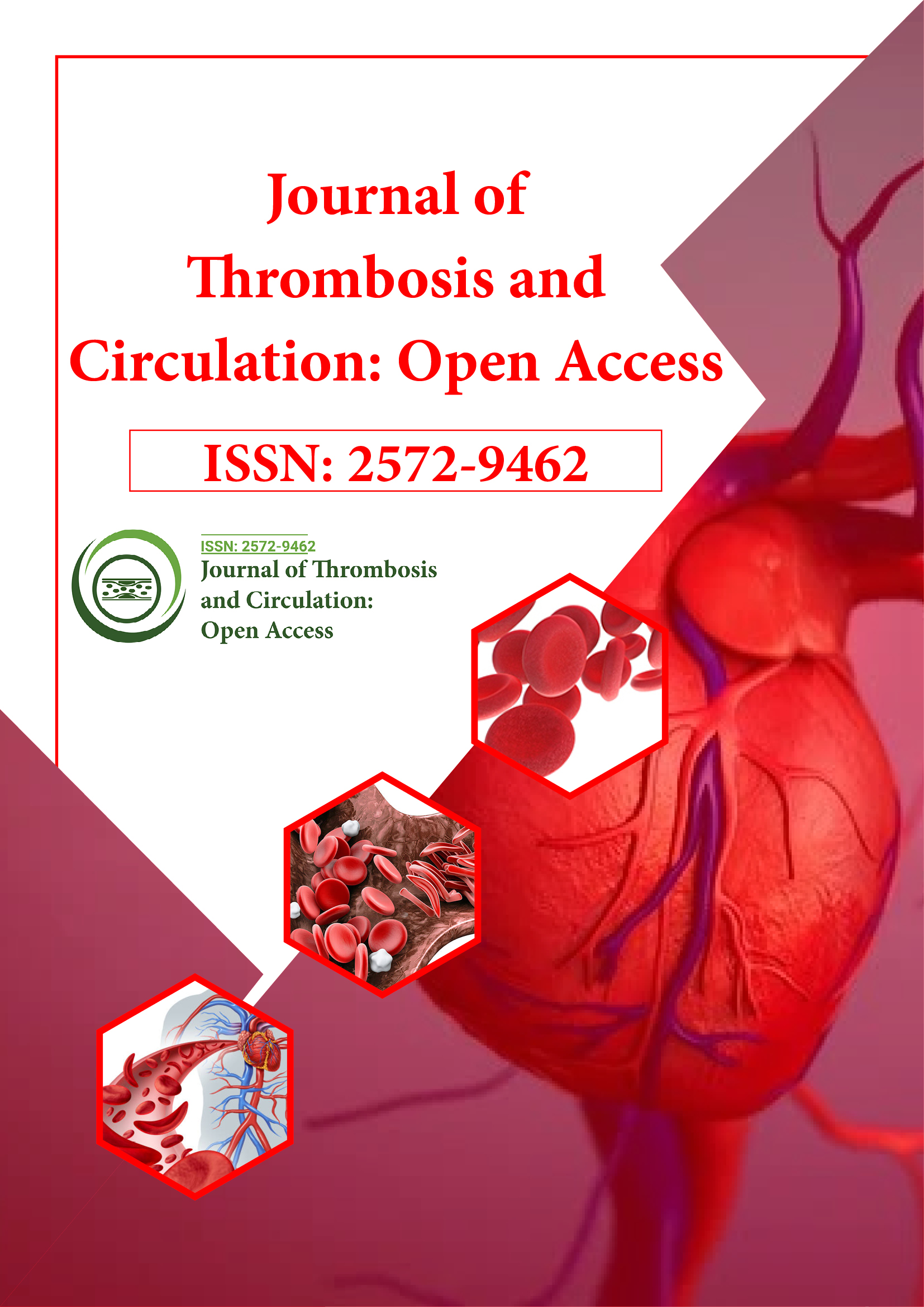Indexed In
- RefSeek
- Hamdard University
- EBSCO A-Z
- Publons
- Google Scholar
Useful Links
Share This Page
Journal Flyer

Open Access Journals
- Agri and Aquaculture
- Biochemistry
- Bioinformatics & Systems Biology
- Business & Management
- Chemistry
- Clinical Sciences
- Engineering
- Food & Nutrition
- General Science
- Genetics & Molecular Biology
- Immunology & Microbiology
- Medical Sciences
- Neuroscience & Psychology
- Nursing & Health Care
- Pharmaceutical Sciences
Commentary - (2024) Volume 10, Issue 4
Clinical Benefits of Doxycycline Exchange Sclerotherapy for Lymphatic Malformations: An Overview
Vincent Hargreaves*Received: 29-Nov-2024, Manuscript No. JTCOA-24-28431; Editor assigned: 02-Dec-2024, Pre QC No. JTCOA-24-28431 (PQ); Reviewed: 16-Dec-2024, QC No. JTCOA-24-28431; Revised: 23-Dec-2024, Manuscript No. JTCOA-24-28431 (R); Published: 30-Dec-2024, DOI: 10.35248/2572-9462.24.10.290
Description
Lymphatic Malformations (LM) are rare congenital vascular anomalies characterized by abnormal lymphatic vessel development. They present as soft, often cystic masses that may cause significant functional, aesthetic, or psychological distress, depending on their size, location and involvement of adjacent structures. The management of LMs has evolved significantly over the years, with several treatment modalities including surgical resection, laser therapy, sclerotherapy and more recently, doxycycline exchange sclerotherapy. Among these, doxycycline exchange sclerotherapy has emerged as an effective treatment for certain types of LMs, particularly those that are inoperable or recurrent, provide potential clinical and imaging outcomes.
Doxycycline, a broad-spectrum antibiotic with sclerosing properties, has been used for its ability to induce endothelial cell injury, leading to the occlusion and fibrosis of the abnormal lymphatic vessels. When injected into the malformation, doxycycline promotes sclerosis of the cystic spaces by causing inflammation and fibrosis, which ultimately leads to the reduction in the size of the malformation. The technique of doxycycline exchange sclerotherapy involves a stepwise process in which doxycycline is infused into the lymphatic malformation, followed by aspiration of the fluid and repeat infusion sessions until significant regression of the lesion is achieved.
One of the most compelling reasons for the growing adoption of doxycycline exchange sclerotherapy is its minimally invasive nature. Unlike surgery, which may carry risks of complications such as bleeding, nerve damage, or infection, doxycycline sclerotherapy can be performed under local anesthesia and with less risk of morbidity. For patients with larger or more complex malformations, surgical intervention may be technically difficult or associated with high recurrence rates. In such cases, doxycycline exchange sclerotherapy provides an alternative that can achieve significant clinical and imaging improvements without the need for invasive procedures.
The clinical outcomes of doxycycline exchange sclerotherapy are generally favorable, with studies showing that the majority of patients experience substantial reduction in the size of the malformation, alleviation of symptoms and improvements in function. For example, patients with cervical or head-and-neck LMs-where surgery may be particularly challenging due to proximity to vital structures-have demonstrated positive outcomes following doxycycline exchange sclerotherapy, with a reduction in swelling, pain and disfigurement. The procedure is also particularly useful in cases where the malformation is recurrent, as doxycycline sclerotherapy has been shown to reduce the recurrence rate and the need for further surgical interventions.
Imaging outcomes following doxycycline sclerotherapy are also potential. Ultrasonography, CT and MRI are typically used to evaluate the extent of the lymphatic malformation both before and after treatment. Pre-treatment imaging often reveals the typical appearance of lymphatic malformations as multilocular, cystic masses, sometimes with areas of septation. Post-treatment imaging demonstrates a marked reduction in the size of the lesion, with a decrease in cystic spaces and evidence of sclerosis. Follow-up imaging after doxycycline sclerotherapy often shows a stable or further reduced lesion size and in many cases, complete resolution of the malformation can be achieved over multiple sessions. However, the degree of reduction and ultimate success varies depending on factors such as the size and location of the malformation, the number of sclerotherapy sessions and the patient’s response to treatment.
In conclusion, doxycycline exchange sclerotherapy represents a potential option for the management of lymphatic malformations, providing both clinical and imaging improvements with relatively low morbidity. Its minimally invasive nature, combined with its ability to induce sclerosis and reduce lesion size, makes it an attractive alternative for patients with complex or recurrent LMs. While the technique has some limitations and potential risks, it has demonstrated favorable outcomes in many cases and has become an important addition to the armamentarium of treatments for lymphatic malformations. As experience with the technique continues to grow, doxycycline exchange sclerotherapy is likely to play an increasingly important role in the management of this challenging condition.
Citation: Hargreaves V (2024). Clinical Benefits of Doxycycline Exchange Sclerotherapy for Lymphatic Malformations. J Thrombo Cir. 10:290.
Copyright: © 2024 Hargreaves V. This is an open-access article distributed under the terms of the Creative Commons Attribution License, which permits unrestricted use, distribution, and reproduction in any medium, provided the original author and source are credited.
